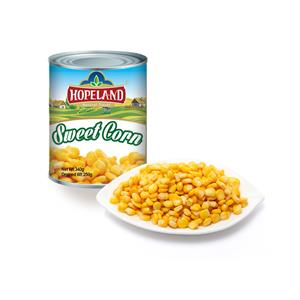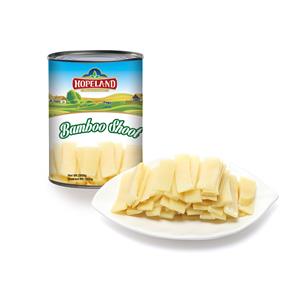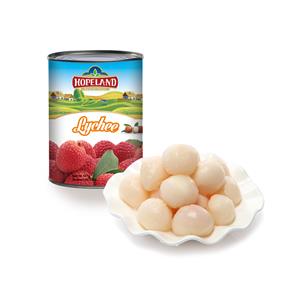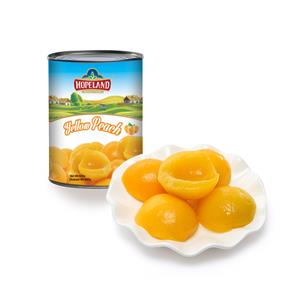The Sweet Story of Peaches: Surprising Facts About Nature’s Juiciest Fruit
There’s something undeniably delightful about biting into a peach. Its fragrant aroma, tender skin, and luscious, juicy sweetness evoke memories of summer sunshine and orchards in full bloom. Whether you’re savoring a fresh peach picked straight from the tree or enjoying the convenience of a perfectly canned one, this fruit delivers not just flavor but a bounty of health benefits.
As a second-generation peach grower and chairman of the California Cling Peach Board, I’ve dedicated my life to cultivating and promoting this marvelous fruit. Each year, as the harvest season winds down in orchards across the country, I’m reminded of just how fascinating peaches are—not only as a delicious staple but as a symbol of dedication, innovation, and natural abundance.
In celebration of this season’s harvest, I’d like to share some little-known facts about peaches, a fruit with a rich history, unique characteristics, and an important place in American agriculture. These insights may just deepen your appreciation for every slice, whether it comes from a tree or a can.
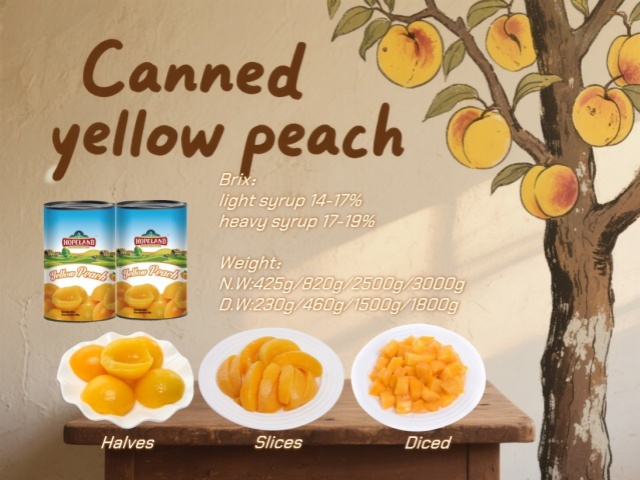
Peaches Are Part of the Rose Family
It might surprise you to learn that peaches belong to the same family as roses. Botanically speaking, peaches are members of the Rosaceae family, which also includes plums, nectarines, cherries, and even almonds. So when Shakespeare poetically mused, “A rose by any other name would smell as sweet,” he could have just as easily been talking about peaches.
This family connection explains the floral fragrance of ripe peaches and their delicate, velvety skin. The peach’s aesthetic beauty and enticing scent have made it a favorite not just in culinary circles but also in art, literature, and even skincare products. From ancient Chinese paintings to modern perfumes, the peach continues to captivate our senses in more ways than one.
California: The True Peach Capital of America
When you think of peaches, Georgia probably comes to mind first. After all, it’s proudly nicknamed “The Peach State.” But contrary to popular belief, Georgia doesn’t top the charts for peach production in the United States. That honor goes to California, which grows a staggering 60% of the nation’s peaches.
Following California are South Carolina and Georgia, then Pennsylvania and Washington State rounding out the top five. California’s Central Valley, with its Mediterranean-like climate of warm days and cool nights, provides ideal growing conditions for this fruit. The region’s fertile soil and advanced irrigation systems allow California growers to produce peaches of exceptional quality and consistency year after year.
As a peach grower from California, I can tell you firsthand that our state’s growers take immense pride in this role. We’re not just cultivating fruit; we’re carrying on a tradition that stretches back generations. Each peach reflects the hard work of farmers who prune trees in the winter, monitor blossoms in the spring, and carefully time the harvest to capture peak ripeness.
Clingstone vs. Freestone: What’s the Difference?
Did you know that not all peaches are created equal? There are two primary categories of peaches: Clingstone and Freestone. The distinction lies in how easily the flesh separates from the pit, or “stone.”
Clingstone Peaches: As the name suggests, the flesh of these peaches clings tightly to the stone. They tend to be juicier and sweeter, with a tender texture that holds up beautifully during cooking and canning. For these reasons, cling peaches are the variety most commonly used in commercial canning operations.
Freestone Peaches: In contrast, freestone peaches feature flesh that pulls away from the stone with ease. They are often favored for fresh eating and baking because of this convenience.
When you open a can of peaches, chances are you’re enjoying Clingstone peaches. Their ability to retain flavor, texture, and nutritional integrity during the canning process makes them ideal for this purpose.
From Orchard to Can in 24 Hours: The Canning Process
If you’ve ever wondered how canned peaches maintain their “just-picked” taste and vibrant color, the answer lies in the efficiency of the canning process. During harvest season, which typically runs from mid-May through September, peach canneries operate seven days a week.
Peaches are harvested at peak ripeness, quickly transported to processing facilities, and canned within 24 hours. This rapid turnaround preserves their flavor, color, and nutritional value. Modern canning techniques are a testament to innovation in food preservation, ensuring that consumers can enjoy peaches year-round, not just during summer.
At the cannery, peaches are washed, peeled, and inspected for quality. They’re then packed in juice or light syrup before being sealed and heat-processed to lock in freshness. The result is a product that captures the essence of ripe fruit, ready to enhance everything from breakfast yogurt bowls to decadent desserts.
Canned Peaches: A Nutritional Powerhouse
It’s a common misconception that fresh fruit is always more nutritious than canned. But research has shown that canned peaches hold their own—and sometimes even offer unexpected advantages.
A study conducted by Oregon State University found that key nutrients in fresh cling peaches, such as vitamins A and C and folate, remain present after canning. Surprisingly, certain antioxidants actually increase during the canning process. These include carotenoids and phenolic compounds, both known for their roles in combating oxidative stress in the body.
Furthermore, the study revealed that nutrient levels remain stable even after three months of storage. So when you open a can of peaches in winter, you’re not compromising on nutrition; you’re enjoying a fruit that’s as wholesome as the day it was harvested.
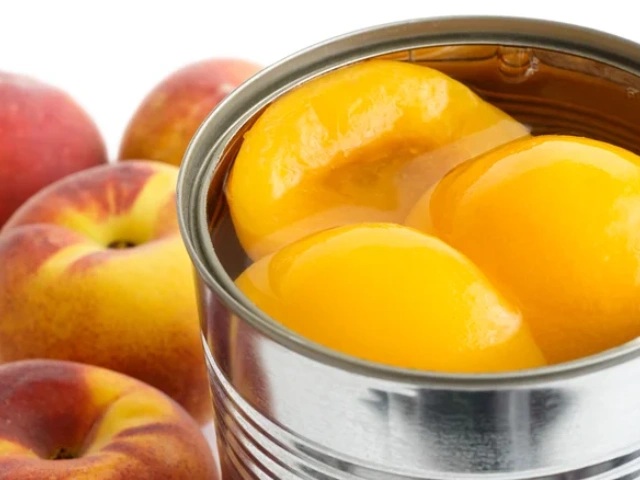
The Legacy of Peach Growers
Behind every can of peaches lies the dedication of farmers. In California alone, nearly 400 cling peach growers contribute to the industry. Many are multi-generational families who have spent decades perfecting their craft.
As the chairman of the California Cling Peach Board, I’ve had the privilege of working with these growers, witnessing their passion and resilience. From battling unpredictable weather to embracing sustainable farming practices, peach growers embody the spirit of American agriculture.
Their efforts ensure that high-quality, domestically produced peaches are available to consumers all year round. Choosing canned peaches isn’t just a matter of convenience—it’s a way to support local farmers and keep traditional agriculture thriving.
Why You Should Reach for Canned Peaches
Canned peaches are a versatile pantry staple that can transform everyday meals. Here are a few delicious ideas:
Add sliced peaches to oatmeal or yogurt for a naturally sweet breakfast.
Blend them into smoothies for a creamy, nutrient-rich treat.
Use them in baking—think peach cobblers, pies, and tarts.
Toss them in salads for a pop of color and flavor.
Pair them with grilled meats like pork or chicken for a sweet-savory twist.
With their long shelf life, canned peaches are a practical way to enjoy the taste of summer even in the depths of winter.
A Fruit Worth Celebrating
As peach harvest season comes to a close in many parts of the country, I encourage everyone to celebrate this remarkable fruit. Whether fresh or canned, peaches are a gift from nature—sweet, nourishing, and endlessly versatile.
The next time you reach for a can of peaches, take a moment to appreciate the journey that fruit has taken. From California orchards bathed in sunlight to high-tech canneries preserving freshness, and finally to your kitchen, it’s a story of care, innovation, and a love for good food.
So go ahead—open that can, savor a slice, and let your taste buds revel in the golden sweetness of a perfectly ripe peach.

